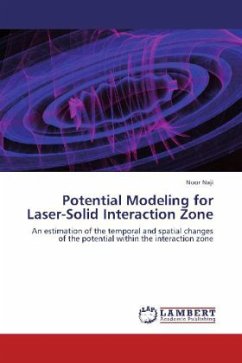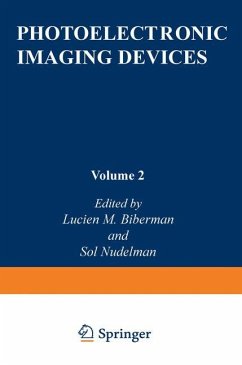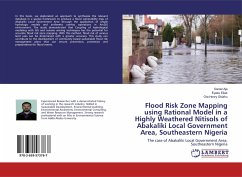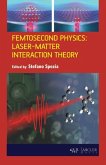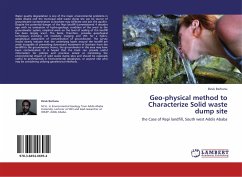A model is proposed to provide an estimation of the temporal and spatial changes of the potential within the interaction zone between laser and metal surface. The model depends on the real experimental data which were measured around the interaction zone. This model provides an estimation of the charge involved and considers the presence of the hole created by the interaction. It provides for - the first time - the spatial and the temporal variation of the potential which reflects the electric forces and temperature at the interaction zone. It also gives a clear insight of the position of the Knudsen layer. The estimated maximum potential is more than ten times the potential at the surface boundary. This implies that surface potential is due to the interaction of the surface with the plasma rather than the usually believed thermionic emission.
